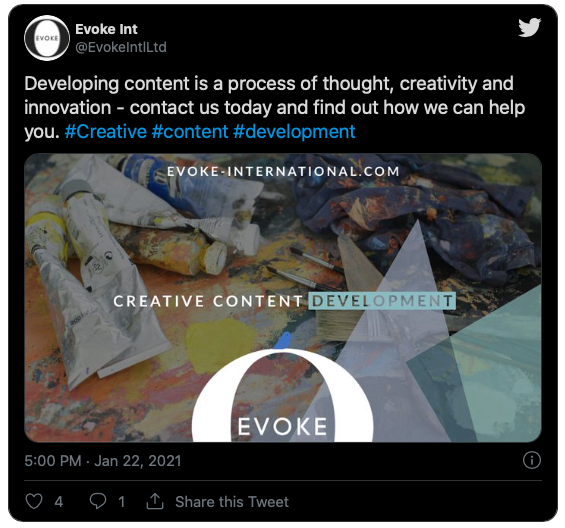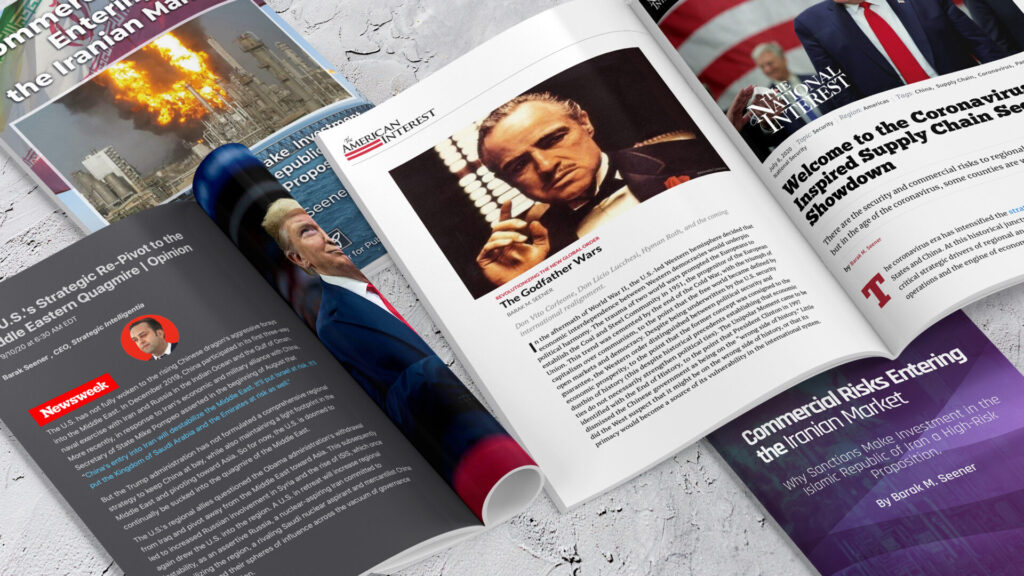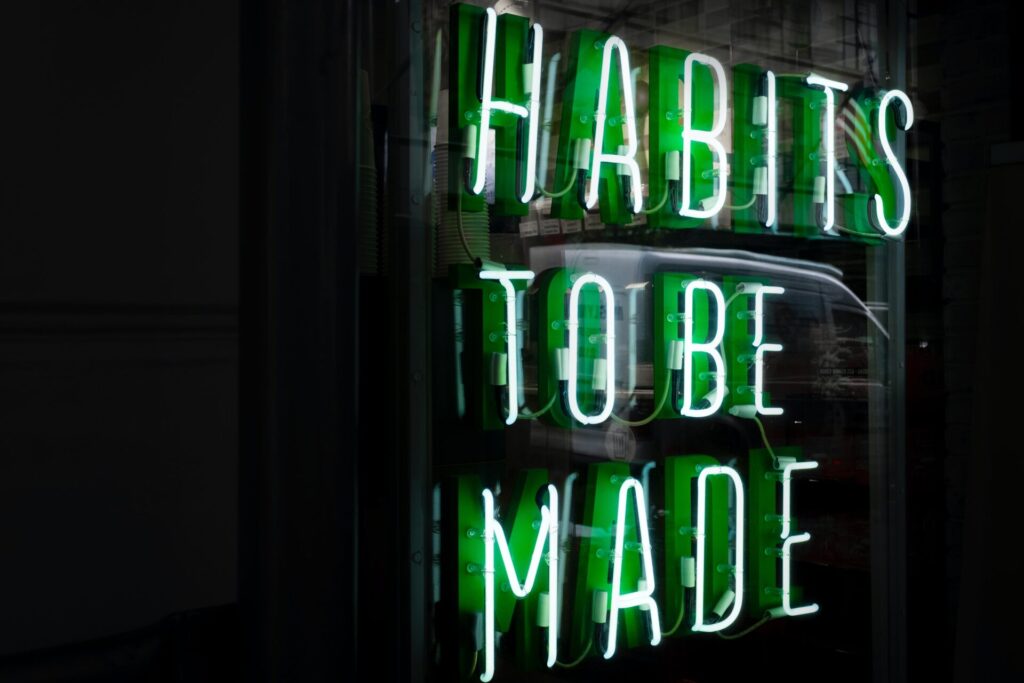We all hear and read the word all the time. But really, what is ‘content’ and how do you make it valuable? Our Digital Media Communications Creative, Laura Shaw talks demographics, analytics and personalization…
What is content?
If you’re a company, content can be determined by items that you put out into the world. That can be words, images or video. For digital content, there is a lot of supporting content that comes with it – like tags, key words, SEO and meta data. It is so important to put as much detail and time into the supporting ‘extras’ as the production. For exposure and reach, you have to integrate it all together in that digital ecosystem.
Anyone can make content. But what makes that content valuable?
It is the thought-process behind it. Let’s use International Women’s Day as an example. It’s not a case of simply declaring it on 8th March with a photo of five women jumping in the air sporting the #IWD2021. That would not be valuable content. There is no meat to it. You need to discuss the theme, add links, mention notable people making change and represent your brand/company in the context of this movement. Your imagery and text need to work symbiotically together for it to be considered thoughtful.
Your readers and viewers will know if your content is coming from a genuine place or not. Everyone will be posting about #IWD2021 but it’s about how you personalize and capture it differently and add to the overarching cause. Give your readers and viewers information they won’t receive from other brands. It builds trust and loyalty.
Why is valuable content important?
It’s not just enough to support a cause or a movement. As much as people want to know your personal story, people need to trust that your brand is doing more than simply jumping on a bandwagon and following a trend. For Evoke, we spend hours researching each post we put out. We spend hours designing the collateral that goes with it. It is not a cut and paste job. We tailor text and images for a channel’s remit – because each platform has a different demographic. Content across Twitter vs. Facebook vs. Instagram vs. LinkedIn is delivered differently to speak to those specific audiences and gain thus gain traction.
How do you create a framework to measure valuable content?
Reporting. Most of the tools that you can use to put out your content, have reporting and analytical abilities. You will be able to see how many people have seen, clicked and read your posts – there are a manner of metrics. You have to make sure your viewers get what they want, when they want. Beyond reports, you can ask people. Be humble and say: ‘What did and didn’t you like?’ Don’t be afraid of putting content out and getting zero likes either. It’s a learning curve. There are many variables which will become apparent over time and research.
How do you discover different types of valuable content?
If you’re running a hairdressers, you can do a Facebook Live but if you’re a high-end marketing company, doing a Facebook Live isn’t on brand. Hootsuite is a valuable asset because it has an add-on browser extension where it suggests articles and the link to share them from. You also have things like RSS Feeds. There are free programs where you type in your subject theme, and it will bring you up RSS Feeds, which are feeds for company websites that have all of the information from a particular article, for you to build context, education and information from. It further cements your plausibility and viability.
What are the ways to structure and organize your content?
It’s all about a spreadsheet! But, for a more formalized setting, you can use content management platforms like Asana, Trello (check out our article on these here) or Hootsuite – they are my three big ones. Digital note-taking is great for simple copy-paste functionality, too. But for me, spreadsheets are key for a Monday-Sunday, 7 day a week schedule with a clear view where you can collaborate with the relevant people from your company, so it’s all eyes in the same space.
Having everything in one consolidated space takes out time-wasting and gives you a complete perspective of your schedule. You can of course have a custom template, if you’re a bigger company.
In a collaborative environment, how do you determine what goes onto each platform and why?
You have to roughly know your demographic for each of the platforms that you are posting on. You then need to drill down to your own company’s demographic of who likes your brand and who of them are looking at each platform. You have got to put out different content. You cannot put one post out across every platform. It will not be valuable. Be responsible by researching what is viable and valuable content for each platform, according to your business. What is valuable for one platform, will probably not be for another.

Evoke International.













